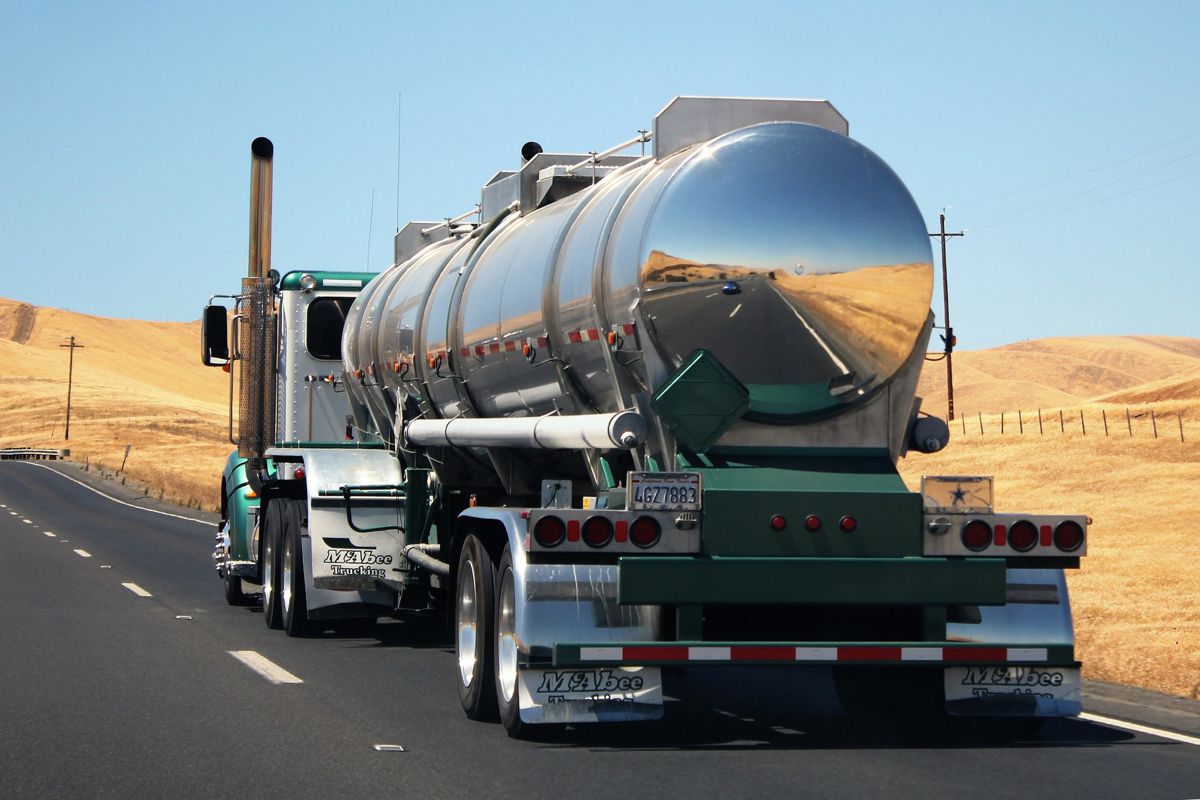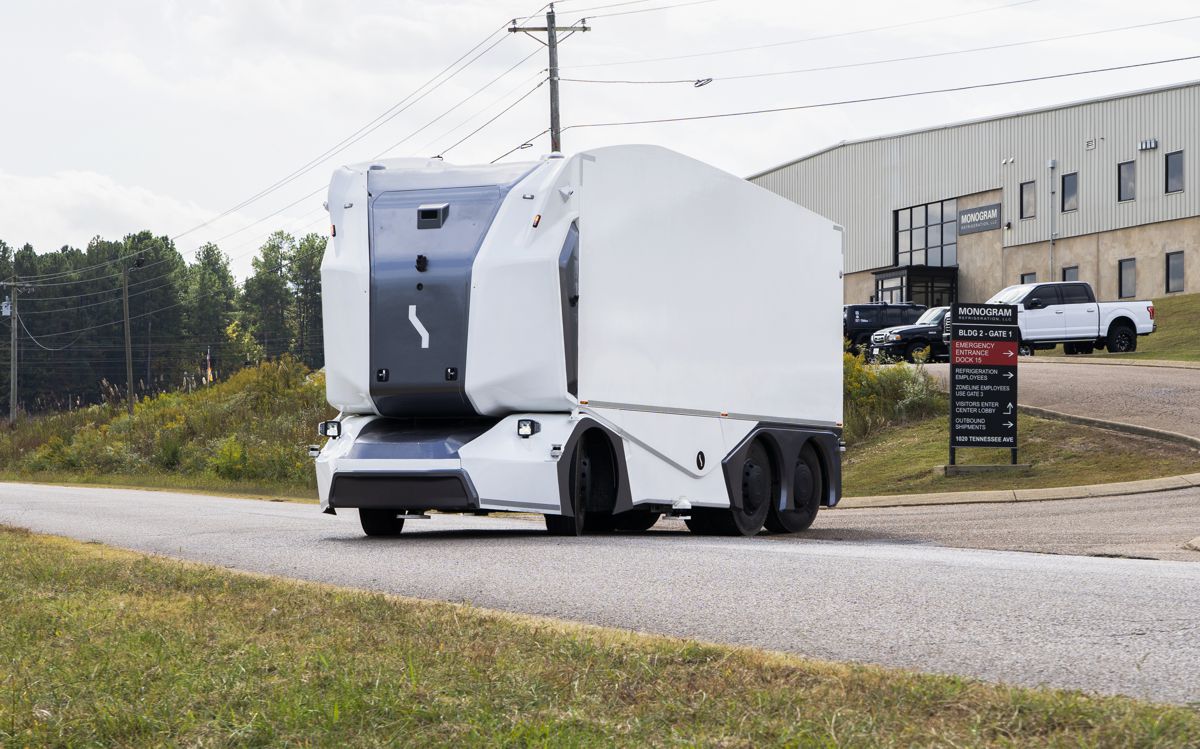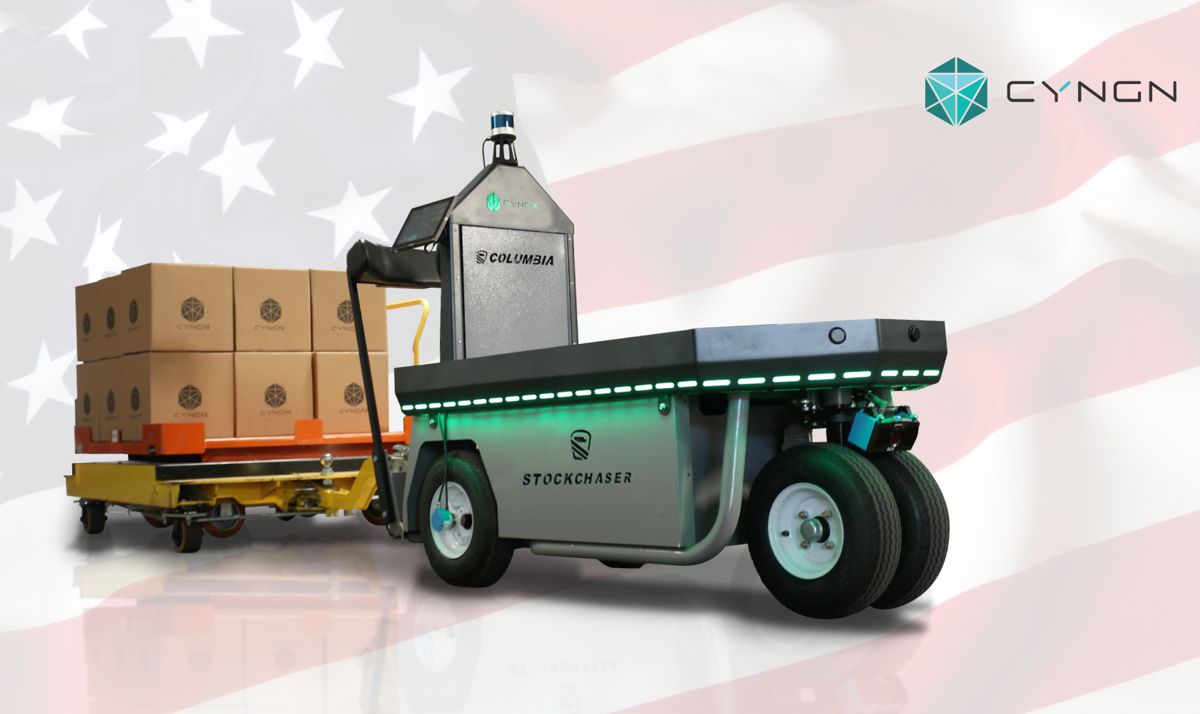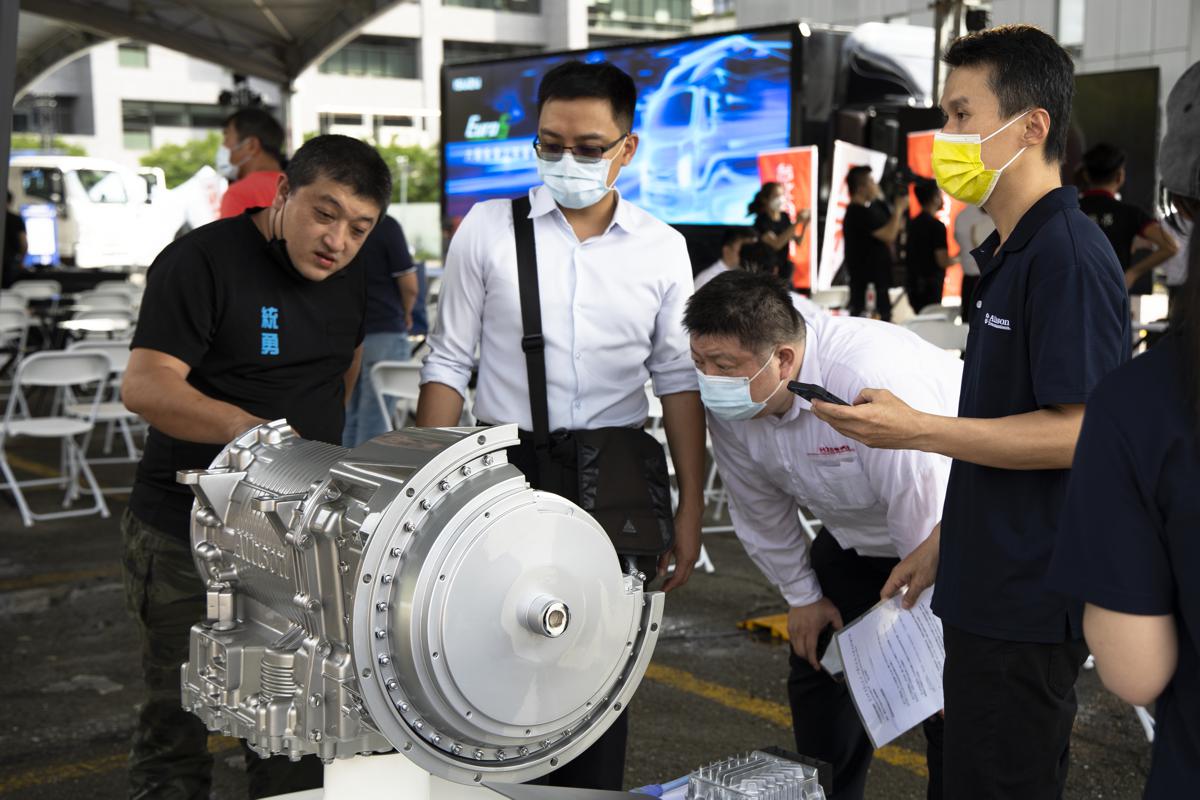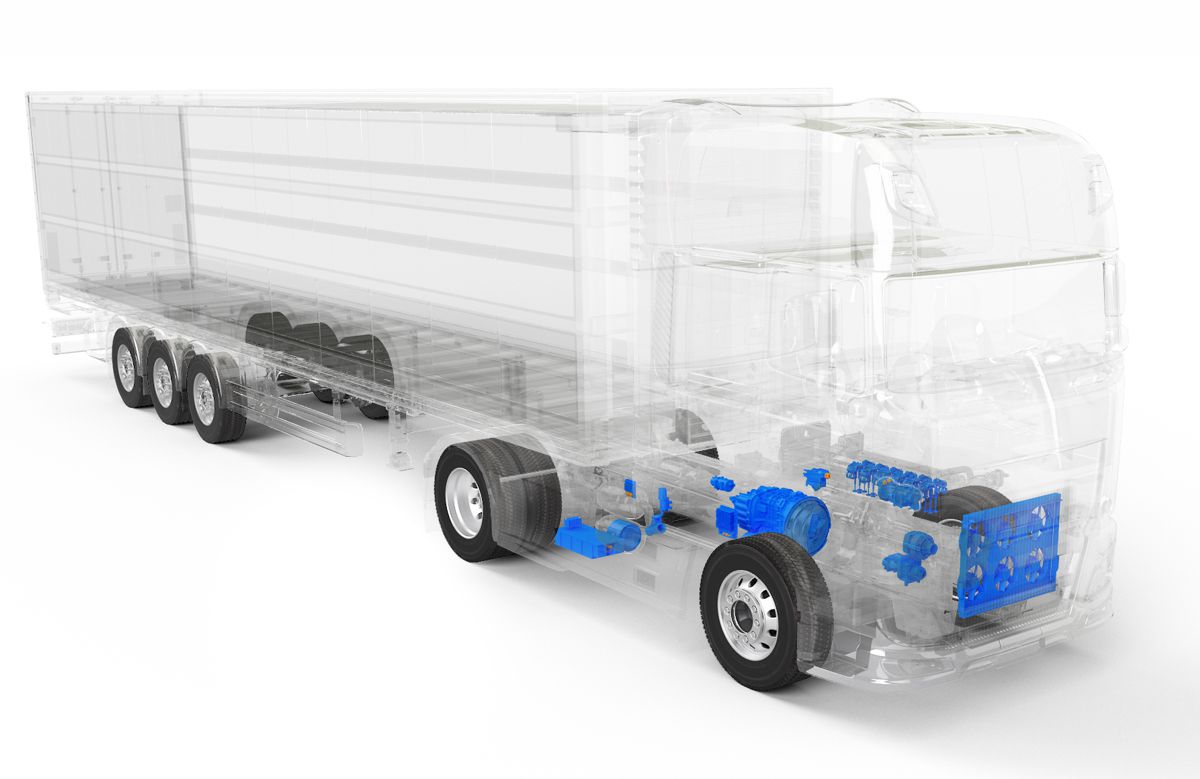Truck Platooning coming with several trucks and only one driver
Freight transport on the roads is increasing. Kilometre-long queues of trucks hinder passenger car traffic on motorways, mainly because of the safety distance to the “vehicle in front”.
This could be overcome by truck platooning, in which a truck with a driver is connected to a convoy of trucks without a driver that is networked via electronic tools. This way, the trucks can drive very close behind each other with reduced air resistance in the slipstream and without reducing road safety. The result is less fuel consumption, more driving time instead of idle time, less strain on drivers and less traffic jams on motorways.
This is shown by the study “MIND-SHIFT: A Compendium on Future Mobility, Circularity and New Urbanism”, which the media monitoring company pressrelations conducted in spring 2022 using FirstSignals®, a method for early detection.
The future development of mobility was analysed on the basis of reporting in the most important German- and English-language leading media.
Platooning is in the trial phase in several countries. A truck platoon consists of a maximum of three trucks driving behind each other with a distance of 15 to 20 metres, which would be too little under normal circumstances. Coordination is done with a technical control system.
The trucks in the platoon are connected via WLAN technology (ITS G5) (V2V communication). Information is constantly exchanged between the trucks, such as platoon status, speed, acceleration, braking deceleration and GPS position. The communication between the operator of the infrastructure and the truck platoons takes place via ITS G5 technology (I2V, V2I Communication).
The rear vehicles react spontaneously, without any time delay, and would not collide with each other even if the first truck were to perform an emergency braking manoeuvre. In the test phase, one driver always sits in the rear and front vehicle with his hands firmly on the steering wheel.
For Dr Hans Hamer, CEO of SHIFT Mobility, the study is a seismograph for the coming trends in the field of mobility. Platooning is likely to play an important role in this. McKinsey expects cost savings of up to 45 percent compared to trucks with drivers.






